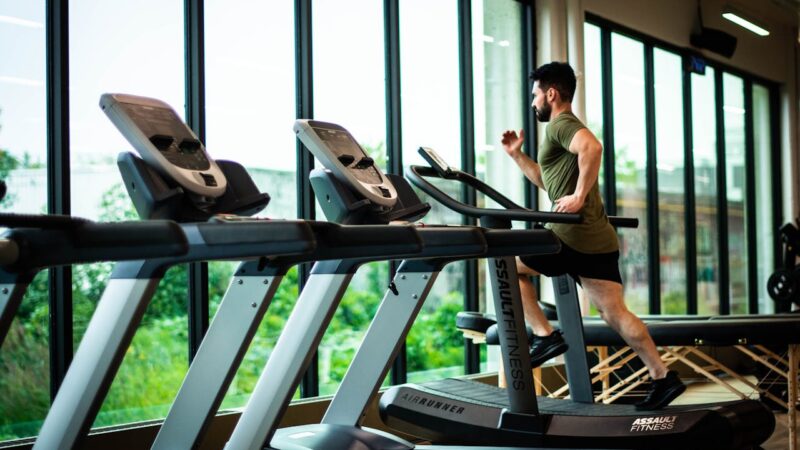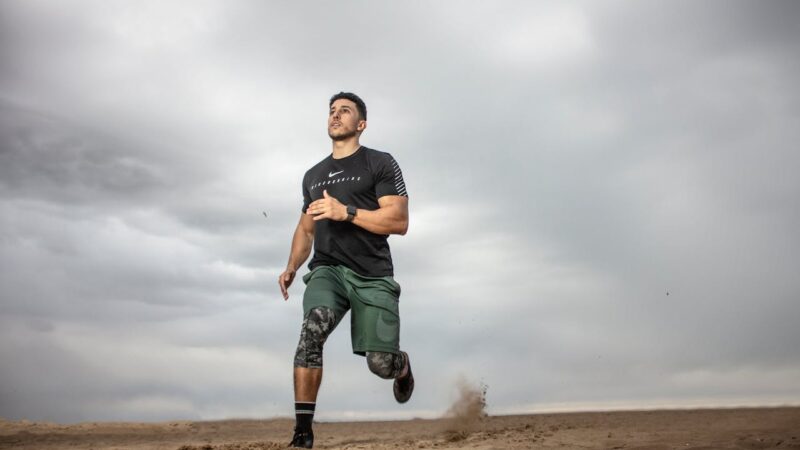Science of Walking: Harnessing Stride Length for Better Health

Walking is often hailed as a simple yet effective way to boost health and well-being. Whether you stroll leisurely through the park or power walk to work, each step you take can impact your body in different ways. But have you ever considered how varying your stride length might amplify these benefits?
According to experts like neurologist Dr. Sudhir Kumar, altering your stride length can optimize your walks significantly. “Taking shorter or longer steps affects the metabolic cost of walking,” Dr. Kumar explains. Even a small increase in stride length variability can lead to a notable boost in metabolic expenditure—a key factor in burning calories and improving overall fitness.
Walking involves two primary variables: stride rate (how fast you walk) and stride length (the distance covered with each step). Dr. Anup Khatri, a senior consultant in orthopedics, explains that varying stride length can enhance walking efficiency and health outcomes. It’s not just about covering ground; it’s about how your body engages during each step.
Dr. Udit Kapoor, an orthopedic consultant, emphasizes that altering stride length can have several positive effects. For instance, shorter strides increase step frequency, which can be more metabolically demanding over time. On the other hand, longer strides engage larger muscle groups like the hamstrings and glutes, intensifying calorie burn and enhancing endurance.
Beyond calorie expenditure, varying stride length distributes impact differently across joints, potentially reducing strain on specific areas like the knees or hips. This variability in muscle engagement also provides a more comprehensive workout, targeting different muscle groups with each stride.
For those aiming to improve physical performance or manage weight, stride length becomes a valuable tool. Dr. Akhilesh Yadav, from Max Hospital, explains that it helps prevent overuse injuries by evenly distributing stress across muscles and joints. This adaptability not only enhances physical resilience but also prepares the body for diverse walking conditions and terrains.
However, finding the right stride length isn’t a one-size-fits-all approach. Factors like height, leg length, fitness level, and existing health conditions play crucial roles in determining optimal stride length. Dr. Kapoor advises finding a stride length that feels natural and comfortable to avoid unnecessary strain or discomfort.
Incorporating stride variability into your walking routine can transform it into a more effective exercise regimen. By alternating between shorter and longer strides, you not only boost calorie burn and endurance but also engage a broader range of muscles. This approach not only keeps your workouts exciting but also ensures that your body remains adaptable and resilient over time.
Whether you’re a casual walker or a dedicated fitness enthusiast, experimenting with stride length can amplify the benefits of walking. It’s a simple yet powerful way to enhance your health journey, one step at a time.











